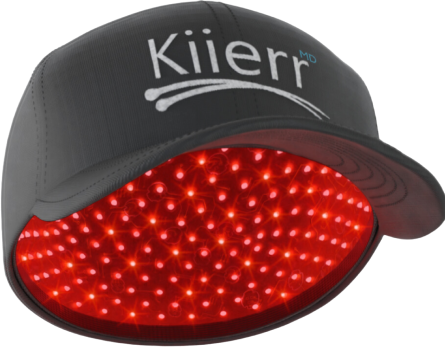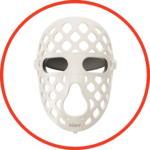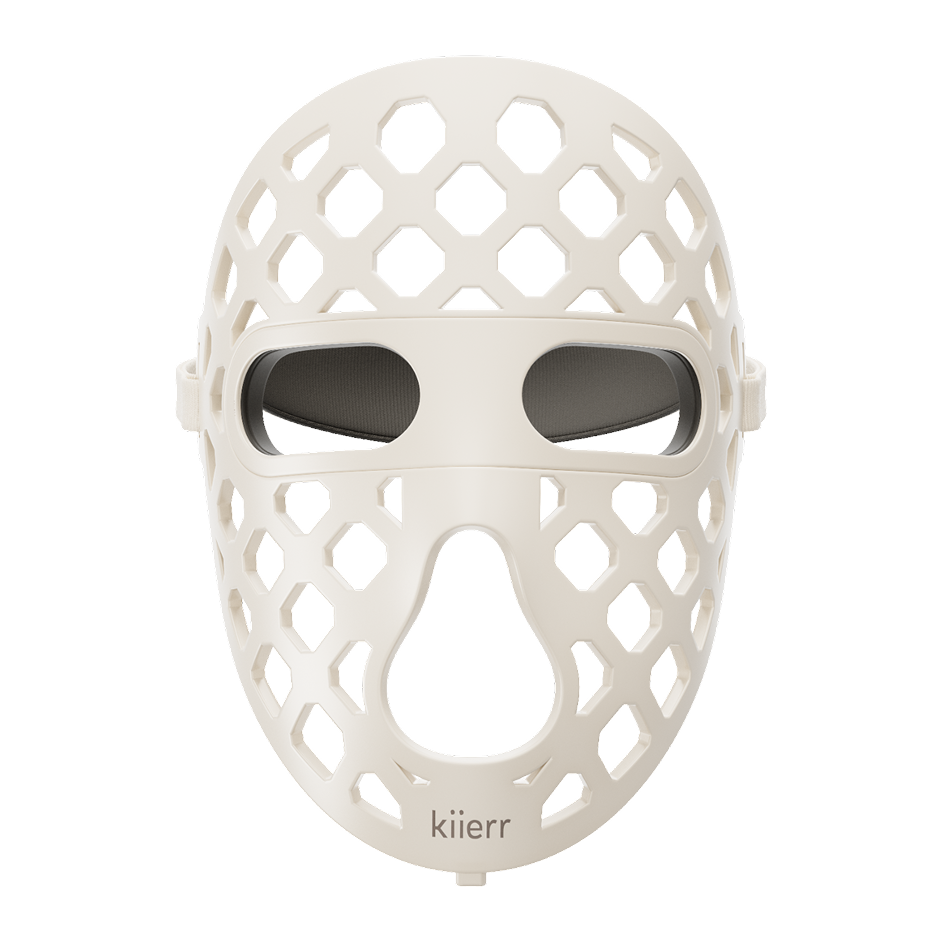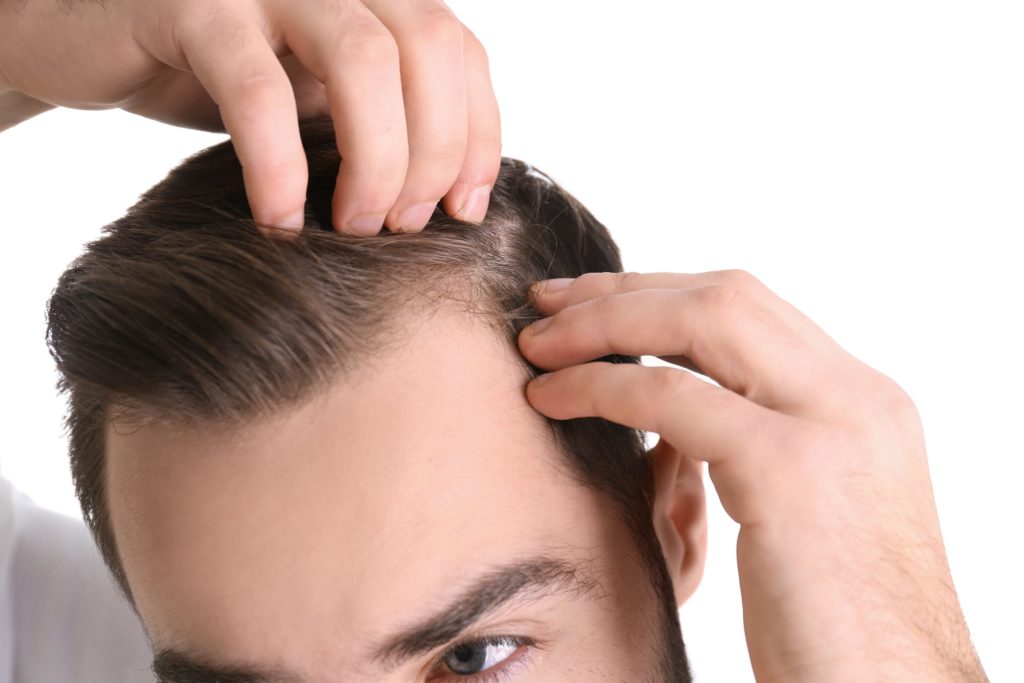Add items to get a Free Gift!
Hair Growth Tips, Health Behind Hair
Can Hair Grow Back After Thinning? The Truth.
It’s an all-too-common experience to look in the mirror and notice that your hair is not growing in as completely or as fully as it used to. At first, it may seem like an inevitable progression that can’t be avoided. But is that true? Can hair grow back after thinning?
Your hair! Your beautiful hair! Oh, Jo, how could you? You’re one beauty.
–Amy March, Little Women
We don’t need a 19th century novel to remind us of how hair is equated with beauty in women and the physical standard of men. There has been a very long lasting, probably millennia-old, correlation between thinning hair (or baldness) and disrespect. Even in the Bible, the prophet Elisha in the Old Testament was taunted by 42 youths who called him out on having a bald head. (In the story, Elisha called for two bears to come out of the woods and attack the youths. That may be excessive–but when you’ve been judged for your thinning hair maybe you can feel a little bit of remorse for Elisha.)
So what are the effects of thinning hair, and can hair grow back after thinning? Let’s explore.
Table of Contents
The Negative Side Effects of Hair Thinning and Loss
In advertisements, movies, TV, and even in our social circles we see those with good hair rise to the top and those who struggle with thinning or balding hair taking a back seat. As progressive as Hollywood is–and as much as they may make token protests that encourage the embracing of your own bodies–there’s no denying that the fashion magazines are quick to pounce on the slightest hairline infraction and condemn it with all the indignation of the Spanish Inquisition. We live in a world where the causes of hair loss are becoming more and more understood, but the appearance of hair loss is condemned by tabloids, reporters, and yes, even our coworkers.
Sure, there are some people who can rock a bald head (see Sir Patrick Stewart) but for most people, thinning hair is long-term annoyance where you vacillate between shaving it all off and seeking a treatment to get it back. And in the past there just haven’t been good options to get it back, to restore the fountain of youth.
Unfortunately, there can be negative side effects when someone is experiencing hair thinning. At times, hair loss has been known to lead to mental disorders, including depression, anxiety, and feelings of inferiority. All of these can lead to medications, therapy, counseling, and dangerous behaviors in pursuit of reclaiming lost youth.
Now that may all seem a little over the top. But there’s no doubt that hair is hard-wired into our psyches–when we see a full head of hair we think of health and when we see receding hair we think of old age. There’s just no way around it.
But what if we were to tell you there are treatments that can solve your hair loss dilemmas and get you back on the right track to a full, luscious head of hair just like when you were young? Can hair grow back after thinning? YES! There are indeed treatments, and you can find the right one for you.
The good news is that you can find your freedom despite losing hair. There are so many options now to help you get back to a full head of hair that you need never worry about hair loss again.
How Can Hair Grow Back After Thinning?
There have been some truly amazing advancements in hair growth research and the development of solutions that can help hair grow back after thinning. Here are some of the most effective solutions available to start your hair growth journey.
Low-Level Light Therapy and Laser Treatment

While there are many treatments for receding hairlines (which we’ll talk about below) there’s no question that the most effective treatment is laser therapy. But when we talk about laser hair therapy don’t picture lying on a sterile table in a laboratory somewhere, strapped down as someone points a massive laser at your head. On the contrary, the most effective and unobtrusive (and unnoticeable) treatment is a discreet and effective Laser Hair Cap.
A Laser Hair Cap is essentially a baseball cap (or in some cases, a helmet-like device), lined inside with lights that emit the same frequency light as the lasers in a doctor’s office. Utilizing low-level light therapy technology, you can achieve amazing results with very little effort. Wearing a laser hair cap is as simple as pulling on a ball cap, and none of your friends or coworkers will be the wiser that you’re working to stop your receding hairline. They are safe, efficient, and painless.
Laser hair growth treatments in a doctor’s office can get expensive, understandably, so laser hair caps offer the best alternative. When looking for a laser cap solution, you’ll want to get one that has been FDA-cleared, like the Kiierr Laser Cap, and go by names such as laser caps, laser helmets, and hair growth hats.
How do Laser Caps Work?
Laser caps use the energy from concentrated red lights to stimulate the blood flow in your scalp. The red light isn’t just any red light–it’s a specific wavelength, adjusted to the perfect depth on your scalp. Kiierr’s laser caps use low level light therapy treatment at a wavelength of 650 nm.
This low level light therapy (LLLT) revives your scalp cells, promotes the wellbeing of your hair follicles, and regulates normal functioning, productivity, and new growth.
Hair Growth Supplements

Hair growth supplements are a good complement to a laser cap, and contain natural ingredients such as zinc, vitamin B, and biotin, which strengthen the existing hair and encourage growth of new strands. It is believed that both vitamin B and biotin are essential elements for improving the hair’s natural structure, and also contribute to healthier skin and nails.
These supplements can be taken as pills, but they can also be shampoos. Kiierr offers four different supplement applications to be taken along with using the laser cap:
Each of these products helps to combat hair loss and promote hair growth in different ways, and each can complement your diet and hair care regimen and lead to stronger, healthier, and thicker hair. Like with any dietary supplement, it’s recommended to consult a physician before beginning use of these supplements.
Other Common Hair Growth Procedures
Hair Transplants
Hair transplants are procedures where a doctor relocates healthy, hair-generating areas to your balding scalp. The donor portions have active, hair-growing follicles, and can fill in the bald spots with much success.
The pros to hair transplant is that you may not need any other treatment or follow-up: once the transplant is done, the hair is yours and growing. Because you’re donating the hair yourself, you know it will match in both color and texture, and also ensures uniformity in hair growth.
On the con side, there are minor surgical risks, including infection and, in some cases, hemorrhaging. There can also be scarring, and some people don’t like the overall aesthetic look. Also, it’s unlikely that a procedure like this is covered by your insurance, so you may need to be prepared for a hefty bill.
Scalp Reduction
A more invasive surgery, scalp reduction involves removing the parts of the scalp that do not produce hair and stretching the good hair-producing scalp to cover them. Because of scarring, this treatment is only recommended for the back and top of the head, not a receding hairline.
In addition, scalp reduction procedures usually don’t cover the entire area that’s affected by the hair loss, but rather just a portion. The stretching of the healthy scalp area can usually cover about 50% of the affected area.
Minoxidil or Finasteride
These are the only FDA-approved non-prescription medications for hair growth. Though effective, Minoxidil must be taken routinely, even after your hair has grown back to maintain its growth. Rogaine (finasteride) has slow results and you may have to use it a long time to bring back your hair to its full growth.
Can Hair Grow Back After Thinning? Yes!
The clear winner in all of these treatments is the Kiierr laser cap. With few side effects and no risk of scarring, infection, or even injections or treatment, the laser cap can revitalize your head of hair through routine use (that no one will even notice because it’s just like wearing a cap).
Start your hair regrowth journey by trying the Kiierr Laser Cap System Today!
Can Hair Grow Back After Thinning FAQs?
[sc_fs_multi_faq headline-0=”h2″ question-0=”How can I regrow my thinning hair?” answer-0=”One of the best ways to regrow your thinning hair is by incorporating low level light therapy into your treatment routine.” image-0=”” headline-1=”h2″ question-1=”How can I stop my hair from thinning and falling out?” answer-1=”There are many different treatment options that you can use to stop your hair from thinning and falling out. One of the best treatment methods is using a laser cap and incorporating protein based foods into your diet.” image-1=”” headline-2=”h2″ question-2=”Is thinning of hair permanent?” answer-2=”Thinning of hair does not have to be permanent. If you take the proper steps and treatment therapy options, your hair can regrow after thinning.” image-2=”” headline-3=”h2″ question-3=”How can I thicken my hair?” answer-3=”One of the best ways to grow your hair thicker and fuller than ever before is by using a FDA-cleared laser cap for hair loss.” image-3=”” count=”4″ html=”true” css_class=””]Sources:
Everything You Need to Know About Low Level Light Therapy (LLLT)

 LASER CAPS
LASER CAPS




 Beauty Products
Beauty Products





 Daily Deals
Daily Deals RESULTS
RESULTS




